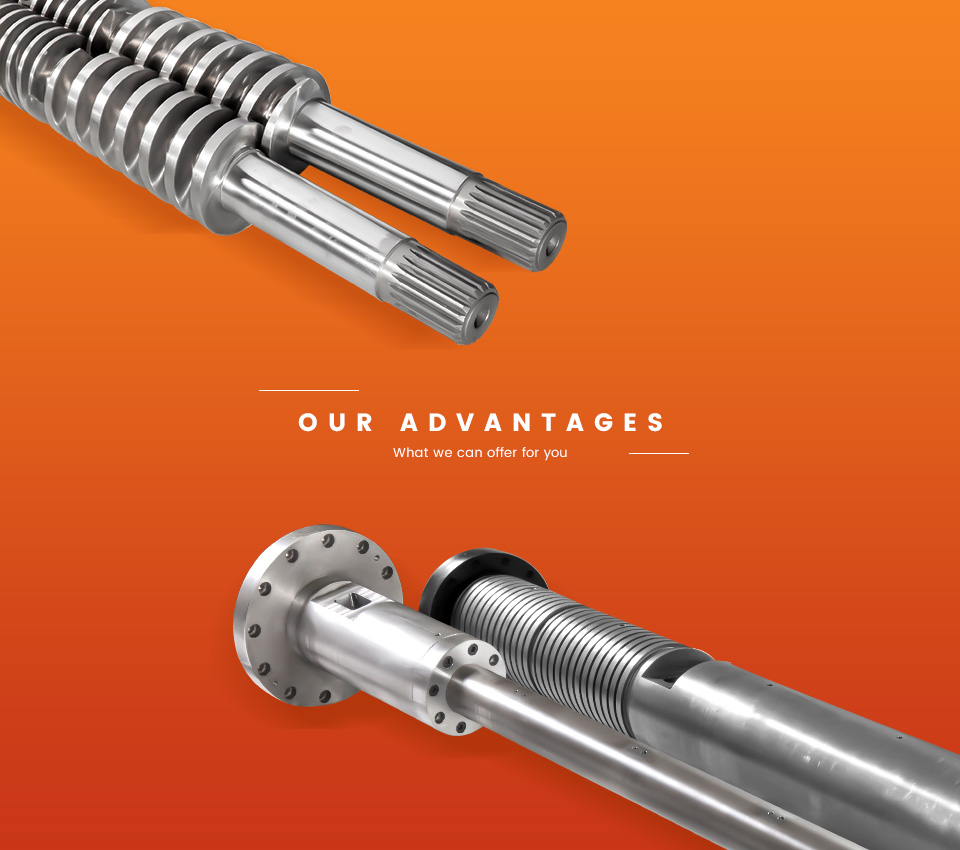It is very difficult to estimate the life expectancy of […]
It is very difficult to estimate the life expectancy of a screw or barrel. Due to many variables effecting productivity, each barrel and screw is unique. However, the primary cause of premature deterioration is excess wear; and wear causes problems that result in the loss of production yield.
There are three types of wear that can occur during the molding process:
Abrasion - Caused by the fillers or make up of the resin
Corrosive - Caused by the additives in the resin

Adhesive - Caused by excessive friction between the barrel and screw
The most serious type of wear is adhesive. Although the screw is intended to rotate freely in the barrel bore, under normal circumstances the screw makes casual contact with the bore. If the contact becomes too great, adhesive wear occurs. There are a number of reasons that the contact between the screw and barrel could increase, including;
A bent screw or barrel
A bent screw drive
Worn bearings on the screw drive
Misalignment between the center of the barrel and the center of the screw driver coupler
An over-torqued screw that causes the screw to deflect during rotation
Another cause of adhesive wear is using matched-steel components. For example, using a screw and a barrel both manufactured from D-2 steel, and heat treated to the same value, will cause a high coefficient of friction, which in turn results in galling of the components.